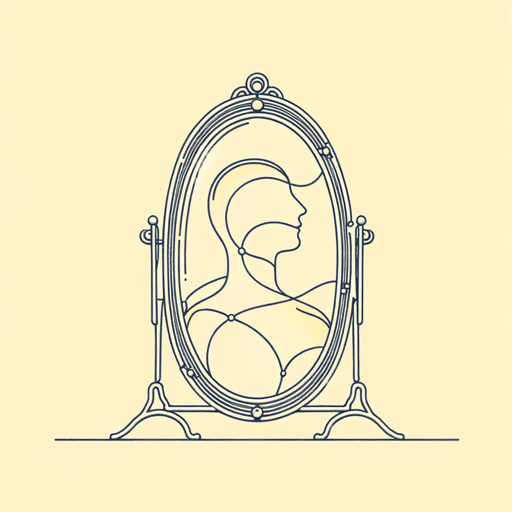47 pages • 1 hour read
V. S. RamachandranThe Tell-Tale Brain
Nonfiction | Book | Adult | Published in 2011A modern alternative to SparkNotes and CliffsNotes, SuperSummary offers high-quality Study Guides with detailed chapter summaries and analysis of major themes, characters, and more.
Index of Terms
Aesthetics
Aesthetics refers to the study and philosophy of beauty and art in both nature and human creation. Ramachandran argues that there are universal aspects of aesthetics common to both humans and non-humans alike. For example, both humans and bees find flowers beautiful and attractive despite neither of us evolving from the other’s brain. He hypothesizes that there are nine laws of aesthetics: grouping, peak shift, contrast, isolation, peekaboo or perceptual problem solving, abhorrence of coincidences, orderliness, symmetry, and metaphor. Due to these universal elements, Ramachandran believes we can scientifically study this concept.
Art
In contrast to aesthetics, art is likely unique to humans, referring to manmade objects deliberately created to achieve aesthetic effects. Ramachandran ponders the difference between kitsch art and real art. To him, a theory of aesthetics must include a scientific reason for this difference. He proposes that kitsch art, which includes art or design with trite taste and naïve imitation, makes a mockery of artistic universals. Real art, in contrast, must deploy certain aesthetic universals. Art distorts reality, trying to capture the subject’s essence or rasa. Ramachandran does not spend much time discussing different art styles, although he does describe several pieces of Indian art to highlight the laws of aesthetics.

